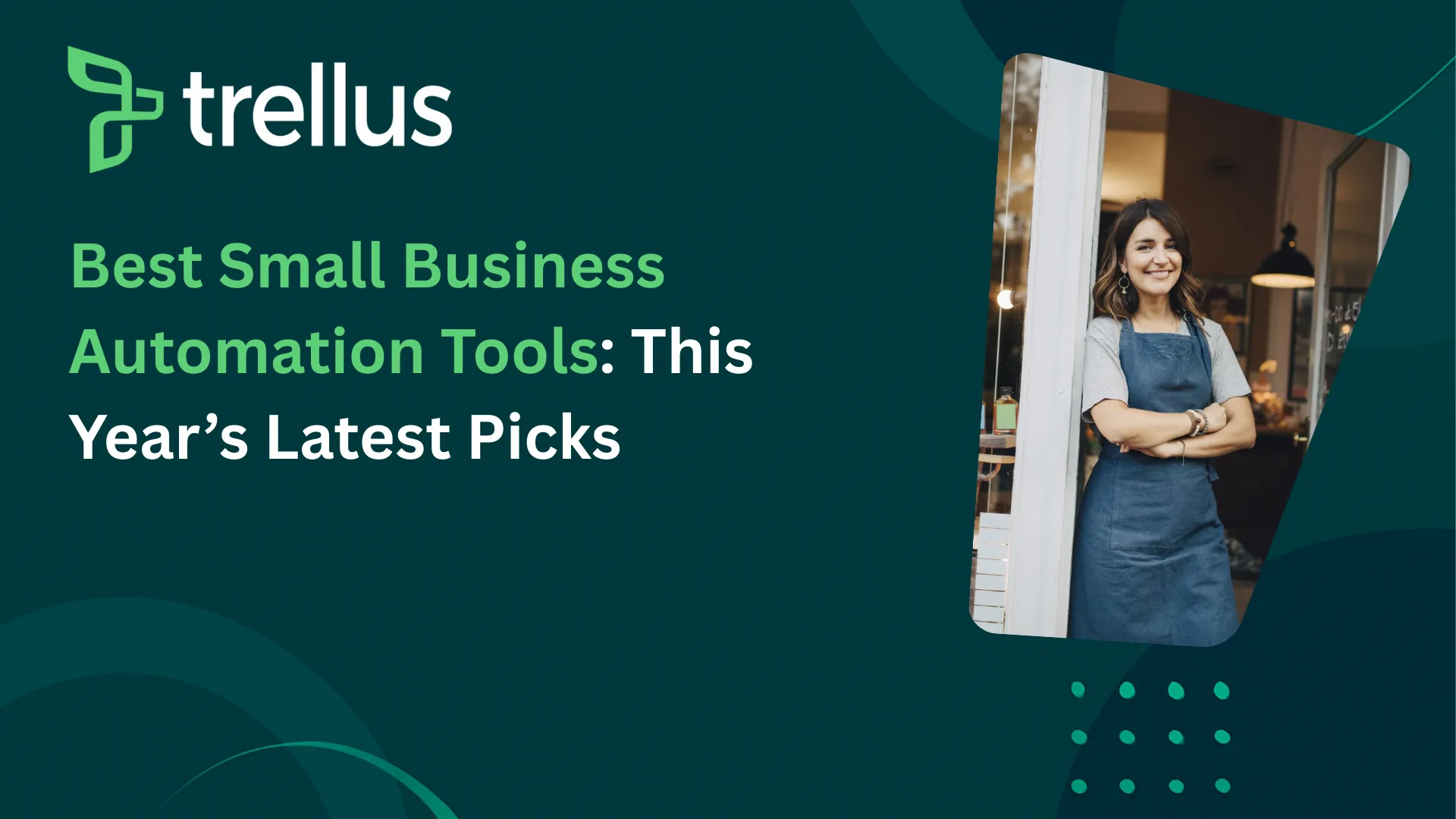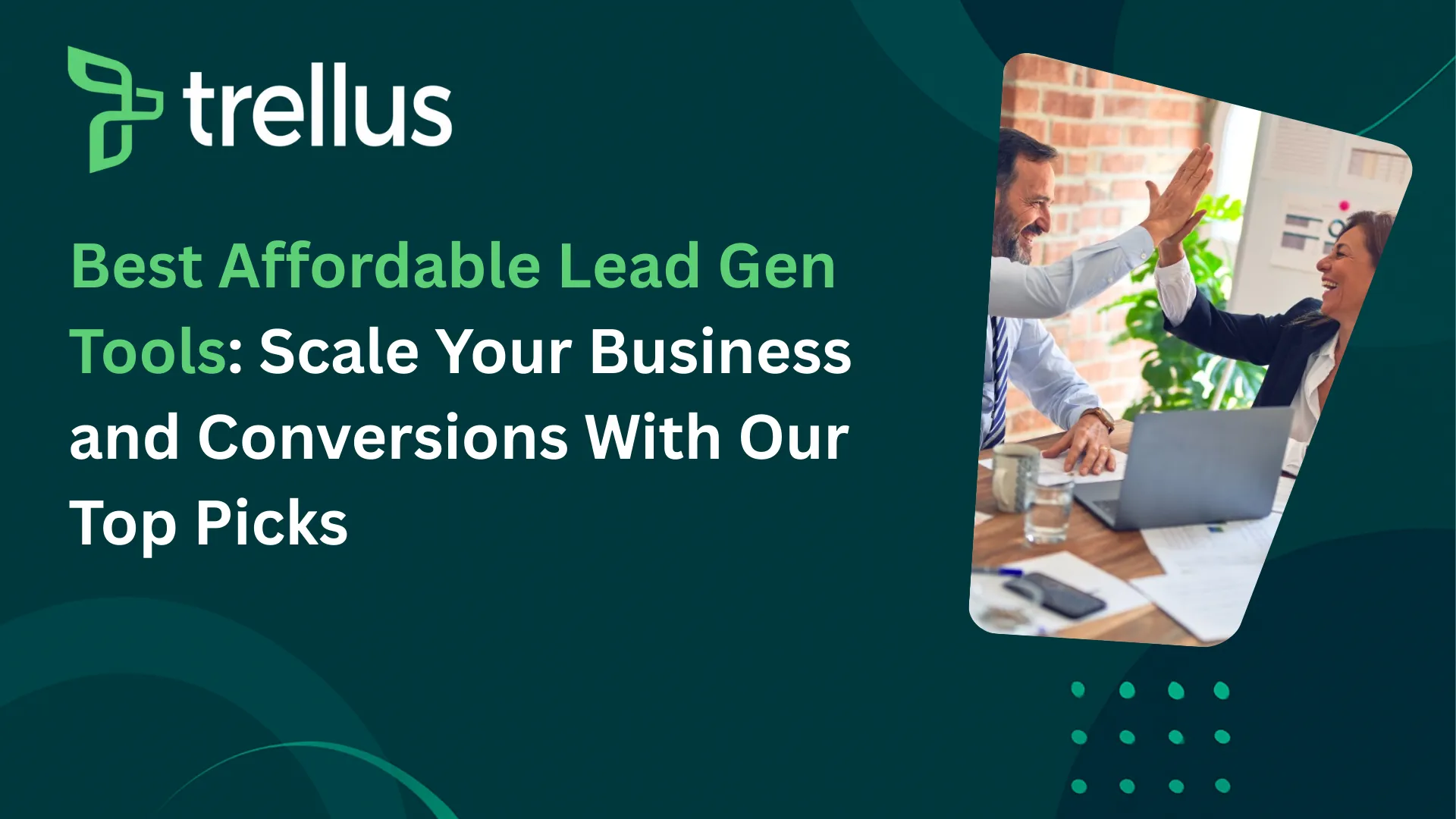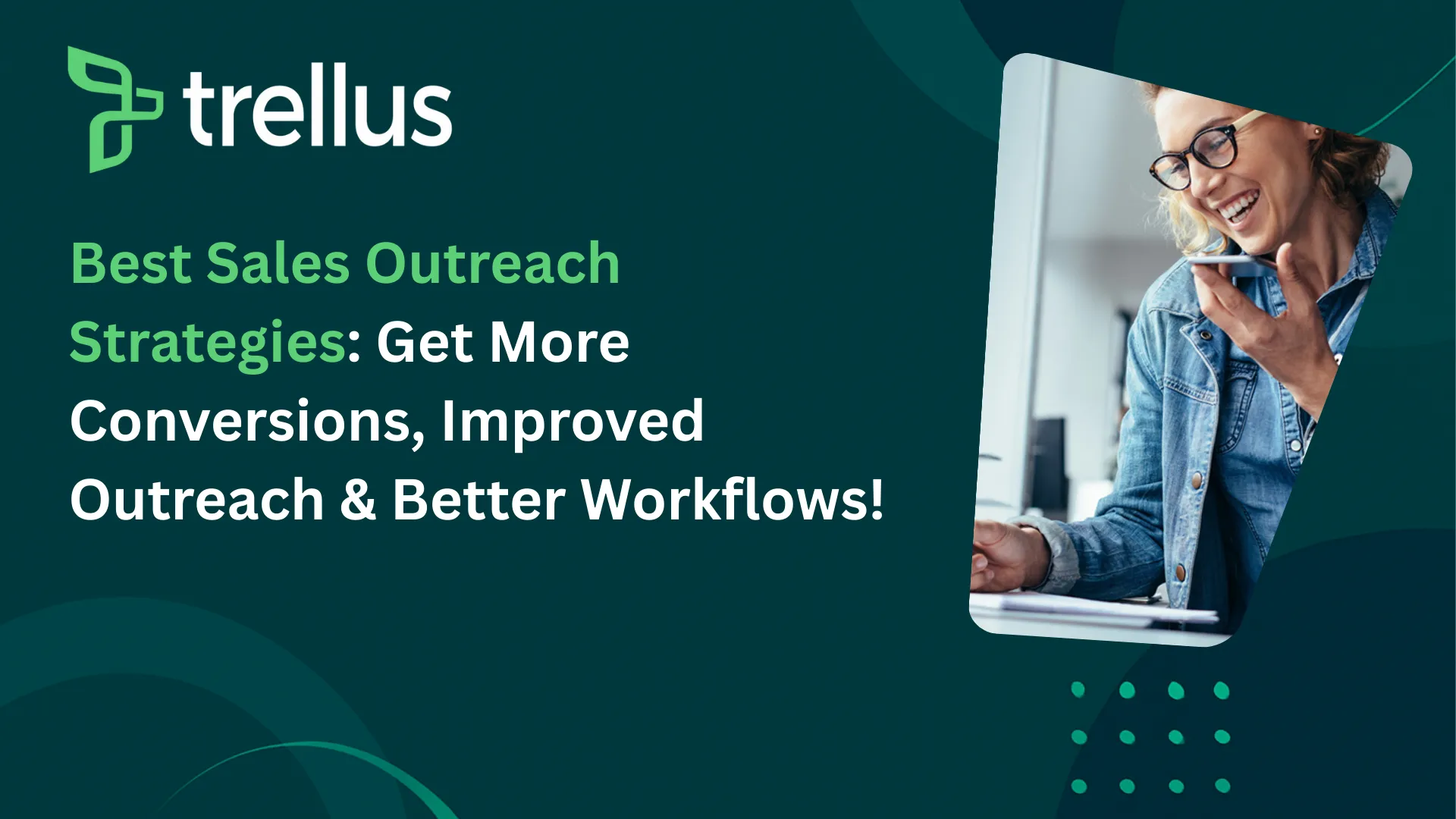
Our Top Picks


Sales outreach has always been one of the toughest parts of selling.
You’re putting yourself in front of busy decision-makers who already receive dozens of pitches every week. The difference this year, and beyond, is that buyers are even more selective about who they give attention to.
That means every sales outreach strategy needs to be smarter, more intentional, and more human if you want to see real results.
In a nutshell, we’d say that “Outbound sales” is not dead—it’s simply evolved. So, some of the tactics that used to work before either simply don’t, or you do not get as many conversions as you used to get before.
Where cold calling alone used to be the backbone of outreach, today’s top-performing sales teams rely on multi channel sales outreach strategies that mix email, social selling, calls, events, and even direct mail.
When combined with the right lead generation tactics, personalized messaging, and consistent follow-up sequences, outreach becomes less about interruption and more about meaningful conversation.
This long-form guide will fill you in on some of the best proven sales outreach strategy steps.
Furthermore, it also explores what outbound sales strategy software helps scale outreach, and shows how sales teams can optimize the sales funnel through modern outreach practices.
Why Sales Outreach Still Matters & Will Continue To Do So?

Despite the rise of inbound marketing, sales outreach remains one of the most reliable ways to fill the pipeline.
Inbound leads are valuable, but they are limited—you only attract the buyers already searching for solutions. Outbound sales techniques allow you to proactively create opportunities with prospects who might not yet realize they have a problem you can solve.
In industries where competition is fierce and cycles are long, proactive outreach can be the difference between steady growth and stagnant pipelines.
From an SDR’s point of view, if they’re in control of who they contact, when to contact, and how a conversation is struck up with a potential prospect/ lead, it speaks of ownership of pipeline creation rather than waiting for leads to trickle in.
Step By Step Breakdown of The Best Sales Outreach Strategies
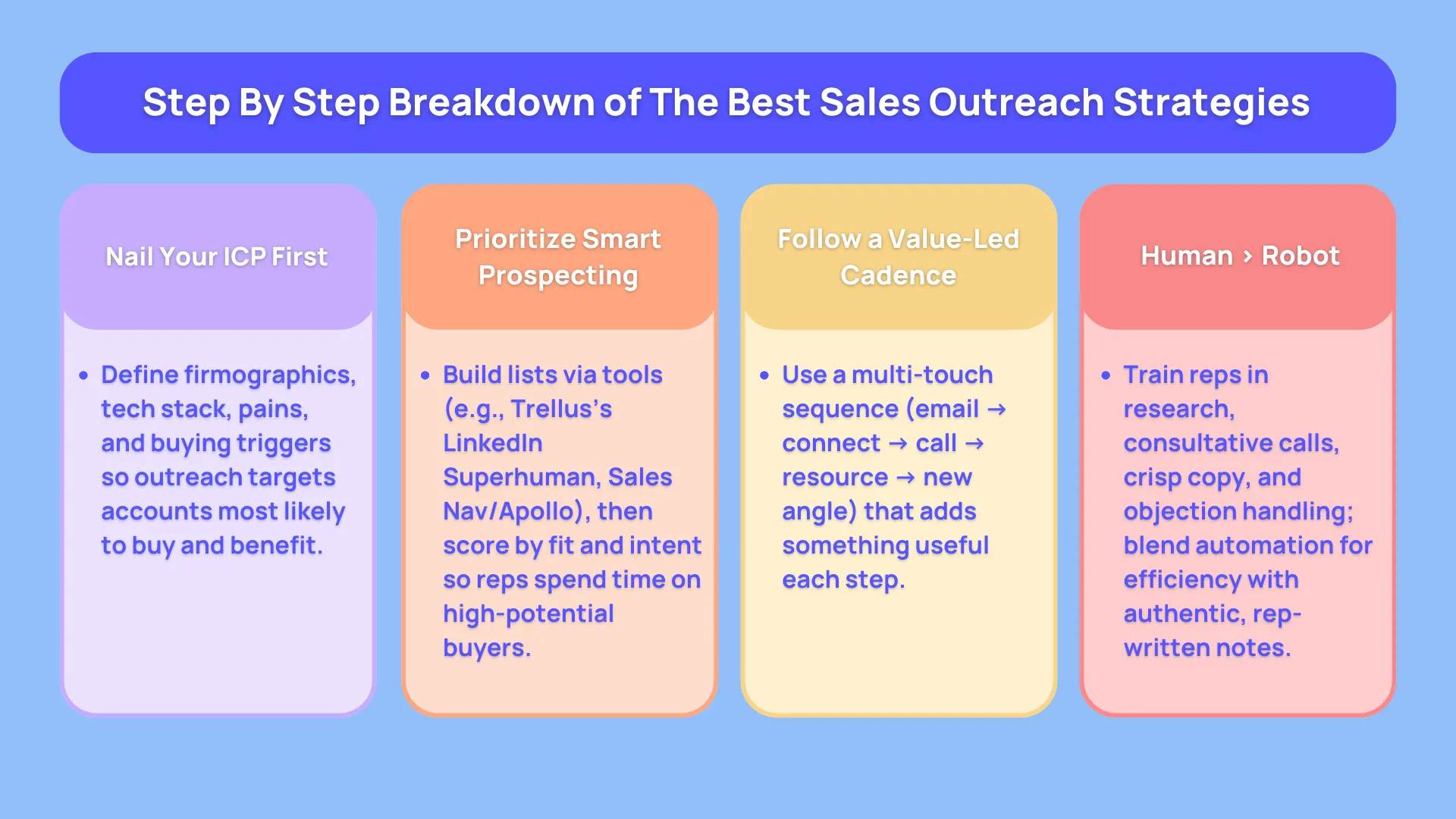
Step 1: Define Your Ideal Customer Profile (ICP)
The first step in any effective sales outreach strategy is clarity on who you want to reach. Without it, your efforts are scattered and inconsistent.
An Ideal Customer Profile (ICP) helps narrow your focus to the accounts that are most likely to buy from you and benefit the most from your solution.
An ICP usually considers:
- Firmographics: Company size, revenue, industry, and location.
- Technology stack: Tools or platforms the company already uses.
- Challenges and pain points: The business problems they are actively trying to solve.
- Buying triggers: Events that indicate readiness, such as hiring spikes, funding rounds, or leadership changes.
By aligning your outreach around a clear ICP, you avoid wasting time on accounts that aren’t a good fit.
Doing so not only improves efficiency but also makes personalized messaging more relevant because you’re speaking directly to real challenges your target companies face.
Step 2: Build and Prioritize Prospect Lists
Once you’ve established your ICP, the next step is creating prospect lists that match those criteria. This is where outbound sales strategy software becomes critical.
Tools like Trellus, specifically its lead hunting and prospect communication features (*LinkedIn Superhuman), Apollo, or the traditional LinkedIn Sales Navigator allow you to search for prospects with incredible precision—filtering by job title, region, or even recent company announcements.
But not all leads are equal; we’ve mentioned this tons of times already.
This is why lead scoring and prioritization are essential. Sales enablement tools can rank prospects based on fit and intent signals, such as website visits, email engagement, or content downloads. This ensures your team spends more time engaging with high-potential buyers rather than chasing cold, unqualified leads.
Step 3: Craft Personalized Messaging That Stands Out
The single biggest mistake sales reps make in outreach is sending generic messages. In 2025, buyers can spot copy-and-paste outreach immediately, and it goes straight to the trash. Personalized messaging is what separates successful outreach from spam.
Personalization doesn’t mean just dropping someone’s name in the subject line. It’s about showing that you’ve done your research. This could include:
- Referencing a recent company announcement or product launch.
- Commenting on an article the prospect published or shared.
- Highlighting a specific challenge common in their industry.
- Suggesting a solution tailored to their role and responsibilities.
Adding relevance signals not only increases open and reply rates but also builds credibility. When a prospect feels understood, they’re more likely to engage in a conversation rather than ignore the message.
Step 4: Use Multi Channel Outreach to Increase Touchpoints
A single outreach channel no longer cuts it. To build a multi channel sales outreach strategy, sales teams must connect with prospects across different platforms in a coordinated way. This could include:
- Email campaigns: For sharing resources, follow-ups, and nurturing sequences.
- Phone calls: For building rapport and handling complex conversations in real time.
- LinkedIn and social selling: For visibility, thought leadership, and personal interaction.
- Direct mail or gifts: For high-value accounts where a personal touch can make a difference.
- Events and webinars: For creating deeper engagement and credibility.
Each channel complements the others. A prospect who ignores emails might respond to a LinkedIn message. A webinar invitation may be the follow-up that gets a cold lead to re-engage. Multichannel outreach ensures you don’t rely on one method alone but instead build familiarity over time.
Step 5: Design Effective Follow-Up Sequences
Research shows that most deals require multiple touches before a prospect responds. Yet many sales reps stop after just one or two attempts. Follow-up sequences are where persistence pays off.
A strong sequence might look like this:
- Day 1: Introductory email with personalized context.
- Day 3: LinkedIn connection request with a short note.
- Day 5: Phone call referencing the email.
- Day 7: Share a relevant case study or resource.
- Day 10: Follow-up email with a new angle.
The key is to add value at each step, not just repeat the same pitch. As a manager or someone who owns the business, if you were to layer different outreach methods, you would stay top of mind without overwhelming the prospect.
Step 6: Leverage and Use Sales Enablement Tools
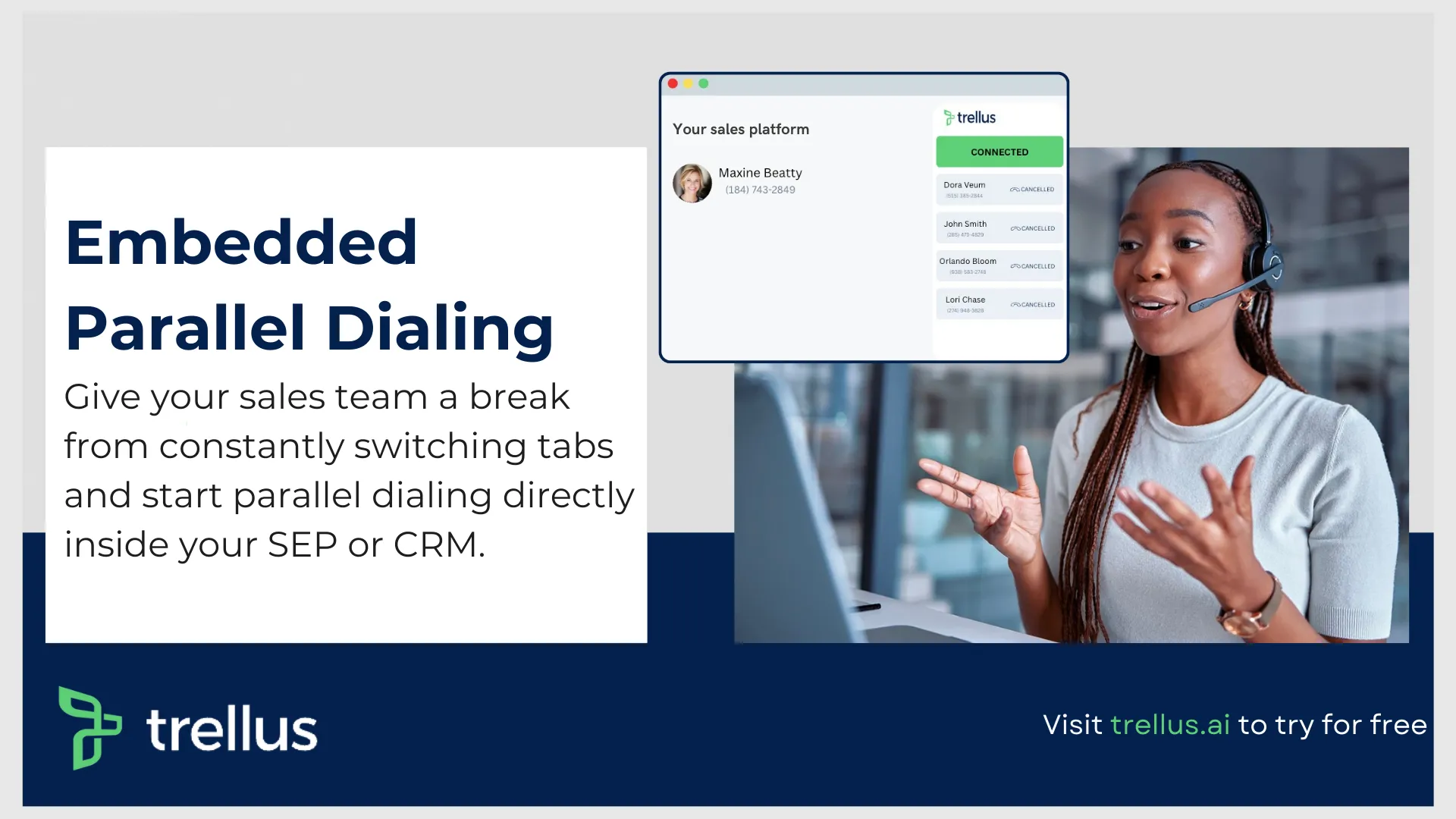
Sales enablement tools are no longer optional—they are the backbone of modern outreach. The variety of these programs ranges over prospecting platforms, cold outreach calling software, and email sequencing tools.
The right technology stack helps sales teams scale outreach without sacrificing personalization.
Some tools that help include:
- CRM systems (HubSpot, Salesforce): For managing contacts and tracking interactions.
- Sequencing tools (Outreach, Salesloft): For automating follow-ups and managing multichannel outreach.
- Data providers (ZoomInfo, Apollo): For building accurate prospect lists.
- Intent data platforms (6sense, Bombora): For identifying prospects actively researching solutions.
These platforms save time, reduce human error, and allow sales teams to focus on actual conversations rather than manual tasks.
Step 7: Optimize Outreach With Data
The best sales outreach strategies are not static. They evolve based on feedback and results. Analyzing performance data is what allows sales leaders to refine their approach and continuously improve.
Metrics to track include:
- Open rates (are your subject lines working?).
- Reply rates (is your message resonating?).
- Conversion rates (are conversations turning into opportunities?).
- Channel performance (which outreach methods are most effective for your ICP?).
As a manager, or someone in charge of leading a team of SDRs, if you were to track these numbers, you can double down on what works and eliminate what doesn’t. Sales funnel optimization isn’t about guessing—it’s about applying data-driven insights to improve every stage of the process.
And yes, over time, you also need to make adjustments to the entire process wherever necessary. Sticking to one approach, over time, only makes things stall abrubtly.
Step 8: Embrace Video and Interactive Content
Video has exploded as a sales outreach tool, and in 2025 it’s more powerful than ever. Personalized video messages embedded in emails or LinkedIn outreach can double response rates compared to plain text. They humanize the interaction and help prospects put a face to the name.
Interactive content, such as assessments, calculators, or personalized landing pages, also engages prospects more deeply. Instead of passively reading an email, they actively interact with your content, creating more meaningful touchpoints.
Step 9: Train Reps on Outbound Sales Techniques
Even the best strategy fails without execution.
Training sales reps on outbound sales techniques is essential to ensure consistency and professionalism across outreach efforts. Reps should know how to:
- Research accounts efficiently.
- Use consultative questioning in calls.
- Write concise, compelling outreach messages.
- Handle objections gracefully.
Regular coaching, role-playing, and feedback loops keep reps sharp and aligned with best practices.
Step 10: Balance Automation With Authenticity
Finally, the most important part of outreach in the current year is balance.
Automation helps scale efforts, but prospects can spot a robotic message from a mile away. The best sales outreach strategies combine the efficiency of automation with the warmth of human connection.
For example, automation might handle the scheduling of follow-up emails, but the content itself should include personalized notes written by the rep. The right mix ensures you’re reaching enough prospects to fill the pipeline without sacrificing authenticity.
Putting It Together
Sales outreach in 2025 is no longer about sheer volume—it’s about precision, personalization, and persistence.
Never ever skip the ICP definition part. It’s uber important, especially these days when there’s cut throat competition out there and your rival company is likely to perform better due to different modern tools.
All it takes is a couple of hours, at max, to create a good ICP document. You can train A.I. by feeding it data based on whatever research you did on your potential prospects. And it’ll create the ICP for you. That’s more of a “lazy man’s” approach, but you can do better.
Moving on,the sales teams that win will be the ones who respect their prospects’ time, provide value at every interaction, and use data and technology to continuously optimize their approach.
Outreach is no longer a numbers game; it’s more of a strategy game. And with the right strategy in place, your outbound efforts will not just get responses—they’ll drive revenue growth.
Frequently Asked Questions
1. Why do sales reps often struggle to get replies despite sending dozens of emails?
This is one of the most common frustrations for sales reps.
The issue isn’t usually the volume of outreach but the quality of it.
Many teams rely on generic templates that sound robotic, which prospects can immediately identify as mass messages. For reps, this creates the demoralizing sense of “shouting into the void.”
Managers then feel the pressure of underperforming teams, and business owners see wasted investment in outbound programs with poor ROI. The fix lies in deeper personalization: using context from the prospect’s company, role, or recent activity to demonstrate genuine understanding.
Even small touches like referencing a hiring announcement or an industry challenge can double or triple reply rates.
2. How can managers ensure their teams remain consistent with follow-up sequences?
Managers often struggle with uneven performance across their reps.
Some reps give up too soon (after one or two touchpoints), while others risk burning bridges with excessive follow-ups. This lack of balance creates unpredictable results across the sales team.
Sequencing and outreach software helps managers standardize cadence—ensuring reps make the right number of touchpoints without overstepping boundaries. Business owners benefit because it leads to more consistent pipeline generation, reliable forecasting, and reduced churn in sales performance.
For managers, it removes the headache of micro-managing every follow-up while still leaving space for reps to personalize messages.
3. What’s the biggest challenge for business owners when scaling outbound sales?
Scaling outreach is where many businesses hit roadblocks.
At a small scale, a few dedicated reps can generate conversations with persistence and charm. But as the business grows, outreach can become diluted—messaging loses consistency, reps burn out from manual tasks, and conversion rates drop.
Business owners experience this as rising customer acquisition costs and stalled revenue growth. The way forward is to combine sales enablement tools (for automation and data accuracy), training (to keep reps sharp on messaging and objection handling), and analytics (to identify which outreach strategies actually work).
Scaling isn’t about doing “more of the same” but about creating repeatable, measurable, and sustainable processes that preserve quality as quantity increases.



